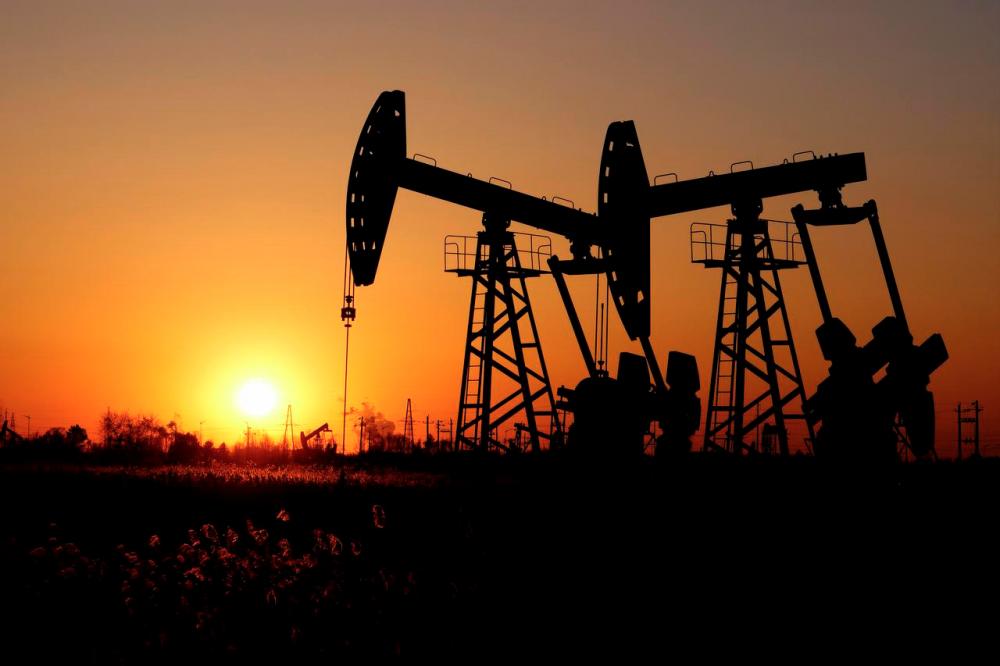KUALA LUMPUR: Oil prices are expected to trade around US$65 to US$75 per barrel in the second half of this year (2H19), but continuous geopolitical conflicts could push it higher, said FGE chairman and founder, Dr Fereidun Fesharaki.
FGE is a leading consulting group focusing on the global oil and gas markets.
The benchmark Bent crude is now being traded at US$64.22 per barrel.
Fesharaki also said over the next few years, oil prices are projected to range between US$60 per barrel and US$70 per barrel.
“As for the short term view, barring economic collapse, demand growth for oil is solid at around one million barrels per day,” he said in his special address at the “Conference Chairman Crystal Ball: Energy Outlook” session here today.
The session was held in conjunction with the 20th Asia Oil and Gas Conference (AOGC) 2019.
Elaborating further on oil prices, Fesharaki said the oil production cut by the Organisation of the Petroleum Exporting Countries (OPEC) and non-OPEC in December 2016 and December 2018, had led to the strengthening of prices.
“But, when they relaxed the cut, the prices fell again. The current price level is influenced by downward sentiment in the market, rather than escalating trade tensions between major economies,” he added.
He noted that over the short term, weaker demand for crude oil is deemed as a major factor, as compared to the impact of the trade war.
“The impact of the trade war on the gross domestic product and economy of countries is yet to be seen. In fact, the global economy, has been growing at a slower pace,” he said.
Commenting on the liquified natural gas (LNG) segment, Fesharaki said a flood of projects in the US and Australia in 2019 and 2020 would lead to a collapse in spot LNG prices of US$3.5 to US$4.5 one million thermal units (mmbtu) in Europe and Asia.
“The last of these LNG projects came in late next year. Thereafter, the flood stops and for the medium term, the LNG market is expected to tighten and with limited new volume and annual demand growth of about 4%, the spot prices will rise above contract prices,” he added.













